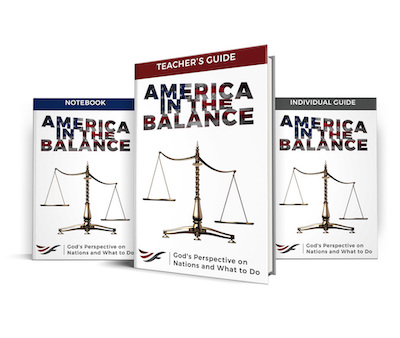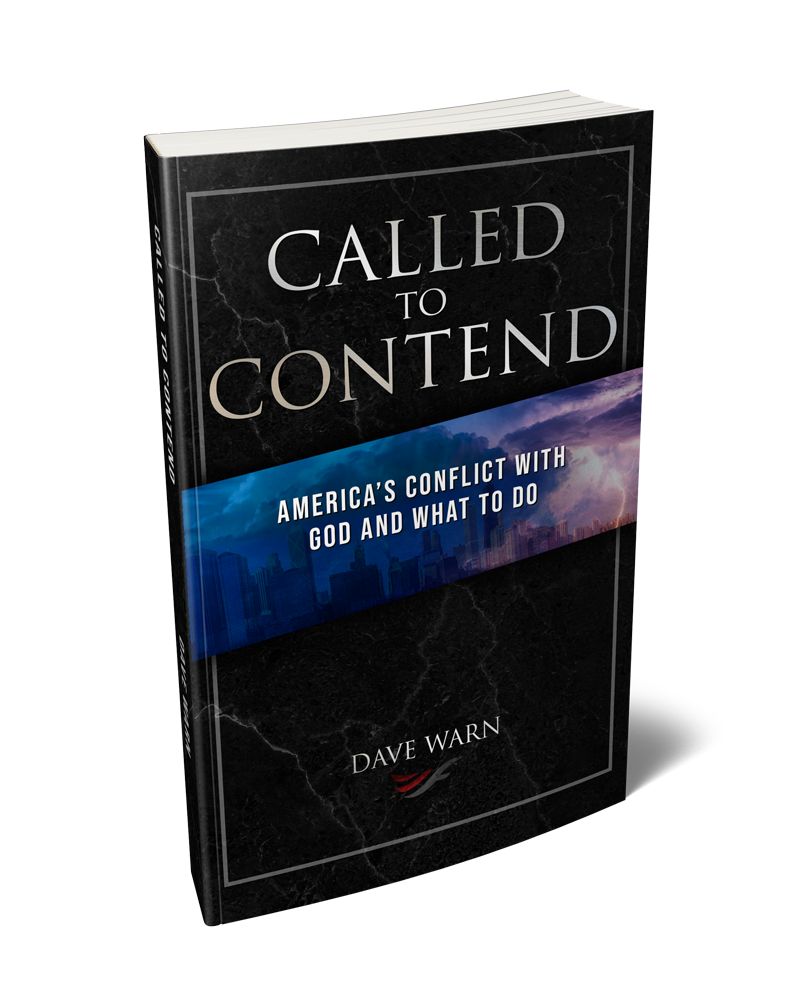In the wake of the church shooting in Sutherland Texas, the Huffington Post ran the headline, “Mass Shootings in America are Becoming More Common – and More Deadly.” This seems to be the national sentiment, but are public mass shootings truly on the rise?
There is no consistent standard for defining mass shootings. This is why Gun Violence Archive identifies the Las Vegas shooting as the 273rd mass shooting in 2017 while Mother Jones lists it as only the seventh such incident.[1] Gun Violence Archive “uses a purely statistical threshold to define mass shootings based ONLY on the numeric value of 4 or more shot or killed, not including the shooter”,[2] while Mother Jones defines a mass shooting as “a single attack in a public place in which four or more victims were killed.”[3] In other words, if an attacker shoots and kills three people without injuring anyone else, Gun Violence Archive does not label the incident a mass shooting. If, however, an attacker injures four people, the bullets only grazing them, and nobody dies, the attack is labeled a mass shooting. Also, Gun Violence Archive is not concerned whether the attack occurred in public, whereas Mother Jones only focuses on public shootings. As such, data from Gun Violence Archive includes hundreds of incidents which fall significantly short of what the public envisions by the label “mass shootings.”[4]
This is why Mother Jones catalogs 33 mass shootings since the beginning of 2013, while crowd-sourced databases such as Mass Shooting Tracker catalogs 1,903 such incidents as of November 15, 2017.[5][6] Likewise, Mother Jones catalogs seven mass shootings in 2017, while Mass Shooting Tracker catalogs 391 over the same period.[7][8] (Mother Jones uses the classification standards used by the FBI and most criminologists dating back to at least 2005, until President Barak Obama lowered the baseline to three or more victims in 2013.)[9] The higher statistics are often a result of conflating public mass shootings with broader classifications, such as active shooter incidents or any crime—public or private—involving four or more gun-related injuries and/or deaths.
While every public mass shooting is a tragedy, statistically, the difference between the years, going back to 1982, is negligible. Mother Jones notes that there has been some increase in frequency since 2011. From 1982 to 2011, public mass shootings occurred every 200 days on average. Since late 2011, they have occurred every 64 days on average.[10] When adjusted for population growth, however, the rates are mostly consistent over this same period of time. Grant Duwe, author of Mass Murder in the United States: A History and research director for the Minnesota Department of Corrections, writes:[11]
A mass public shooting, as I’ve defined it in my research, is any incident in which four or more victims are killed with a firearm within a 24-hour period at a public location in the absence of other criminal activity (robberies, drug deals, gang “turf wars”), military conflict or collective violence. For instance, last year’s mass murder at the Pulse nightclub in Orlando would qualify, but the 1890 massacre at Wounded Knee would not, nor would a familicide in a private home, nor a shootout between rival gangs.
Within these boundaries, there have been 140 mass public shootings in the United States since 1976 (the rest have been mostly familicides and felony-related massacres), which amounts to an average of a little more than three per year.
Duwe concludes, “Since the mid-2000s, the incidence of mass public shootings on a per capita basis has been a bit higher than it was in the preceding 10 years. But the rates over the past 10 years are no higher than in the late 1980s and early ’90s, when the frequency of mass public shootings led to the creation of policies designed to address violence in schools and workplaces.”[12]
Likewise, research by University of Illinois professors Sheldon Jacobson and Douglas King found that while Americans are more aware of mass-killing events, the rate at which they’ve occurred has remained steady for more than a decade.[13] According to the Illinois News Bureau:[14]
The researchers used publicly available data about incidents in the United States in which four or more people were killed, totaling 323 events from Jan. 1, 2006 to Oct. 4, 2016 – the latest available data when the study was written. Jacobson and King looked at the data set as a whole and also divided it into groups by method and by type of event – for example, public killings versus family killings.
They found that the events, both collectively and in each subgroup, were distributed uniformly over time – meaning that the rate at which they happened remained steady throughout the decade, without any significant bunching in a certain season or year.
They also found that “the amount of time since the last event doesn’t have any impact on the amount of time until the next event”, dispelling the fear that an event is likely to trigger subsequent similar events or copycats.[15]
Public mass shootings are becoming deadlier, and they are attracting greater media attention, but they remain exceptional crimes.[16][17] There is not yet a rapid escalation of mass shootings in America.
This article is excerpted from the paper Mass Shootings and the Search for a Quick Fix.
Free Downloads
Share...
1. Kertscher, Tom. “Was the Las Vegas Mass Shooting the 273rd this Year? Or the Seventh? Or Somewhere in Between?” Politifact, October 4, 2017. Accessed November 15, 2017. http://www.politifact.com/wisconsin/statements/2017/oct/04/tammy-baldwin/was-las-vegas-mass-shooting-273rd-year-or-seventh-/.
2. “General Methodology.” Gun Violence Archive, n.d. Accessed November 15, 2017. http://www.gunviolencearchive.org/methodology.
3. Follman, Mark, Gavin Aronsen and Deanna Pan. “A Guide to Mass Shootings in America.” Mother Jones, n.d. Updated November 15, 2017. Accessed November 15, 2017. http://www.motherjones.com/politics/2012/07/mass-shootings-map/.
4. Graff, Amy. “How Many Mass Shootings have there Really been in 2017? It Depends on the Source.” SF Gate, October 2, 2017. Accessed November 15, 2017. http://www.sfgate.com/news/article/mass-shootings-definition-total-count-2017-12246429.php.
5. Follman, Mark, Gavin Aronsen and Deanna Pan. “US Mass Shootings, 1982-2017: Data from Mother Jones’ Investigation.” Mother Jones, n.d. Updated November 5, 2017. Accessed November 15, 2017. http://www.motherjones.com/politics/2012/12/mass-shootings-mother-jones-full-data/#.
6. Mass Shooting Tracker. Accessed November 15, 2017. https://www.massshootingtracker.org/.
7. Follman, Mark, Gavin Aronsen and Deanna Pan. “US Mass Shootings, 1982-2017: Data from Mother Jones’ Investigation.” Mother Jones, n.d. Updated November 5, 2017. Accessed November 15, 2017. http://www.motherjones.com/politics/2012/12/mass-shootings-mother-jones-full-data/#.
8. Mass Shooting Tracker. Accessed November 15, 2017. https://www.massshootingtracker.org/.
9. Follman, Mark, Gavin Aronsen and Deanna Pan. “A Guide to Mass Shootings in America.” Mother Jones, n.d. Updated November 15, 2017. Accessed November 15, 2017. http://www.motherjones.com/politics/2012/07/mass-shootings-map/.
10. Follman, Mark. “Yes, Mass Shootings are Occurring More Often.” Mother Jones, October 21, 2014. Accessed November 15, 2016. http://www.motherjones.com/politics/2014/10/mass-shootings-rising-harvard/.
11. Duwe, Grant. “Mass Shootings are Getting Deadlier, not More Frequent.” Politico Magazine, October 4, 2017. Accessed November 15, 2017. https://www.politico.com/magazine/story/2017/10/04/mass-shootings-more-deadly-frequent-research-215678.
12. Ibid.
13. Ahlberg, Liz. “Mass Killings Happen Randomly, yet Rate Has Remained Steady, Study Finds.” Illinois News Bureau, October 18, 2017. Accessed November 15, 2017. https://news.illinois.edu/blog/view/6367/568301.
14. Ibid.
15. Ibid.
16. Bump, Philip. “America’s Deadliest Shooting Incidents are Getting Much More Deadly.” Washington Post, October 2, 2017. Accessed November 16, 2017. https://www.washingtonpost.com/news/politics/wp/2017/10/02/americas-deadliest-shooting-incidents-are-getting-much-more-deadly/?utm_term=.40af6c5bbb1b.
17. Duwe, Grant. “Mass Shootings are Getting Deadlier, not More Frequent.” Politico Magazine, October 4, 2017. Accessed November 15, 2017. https://www.politico.com/magazine/story/2017/10/04/mass-shootings-more-deadly-frequent-research-215678.
Unless otherwise noted, all Scripture quotations are taken from The Holy Bible, English Standard Version, copyright ©2001 by Crossway Bibles, a publishing ministry of Good News Publishers. Used by permission. All rights reserved.









